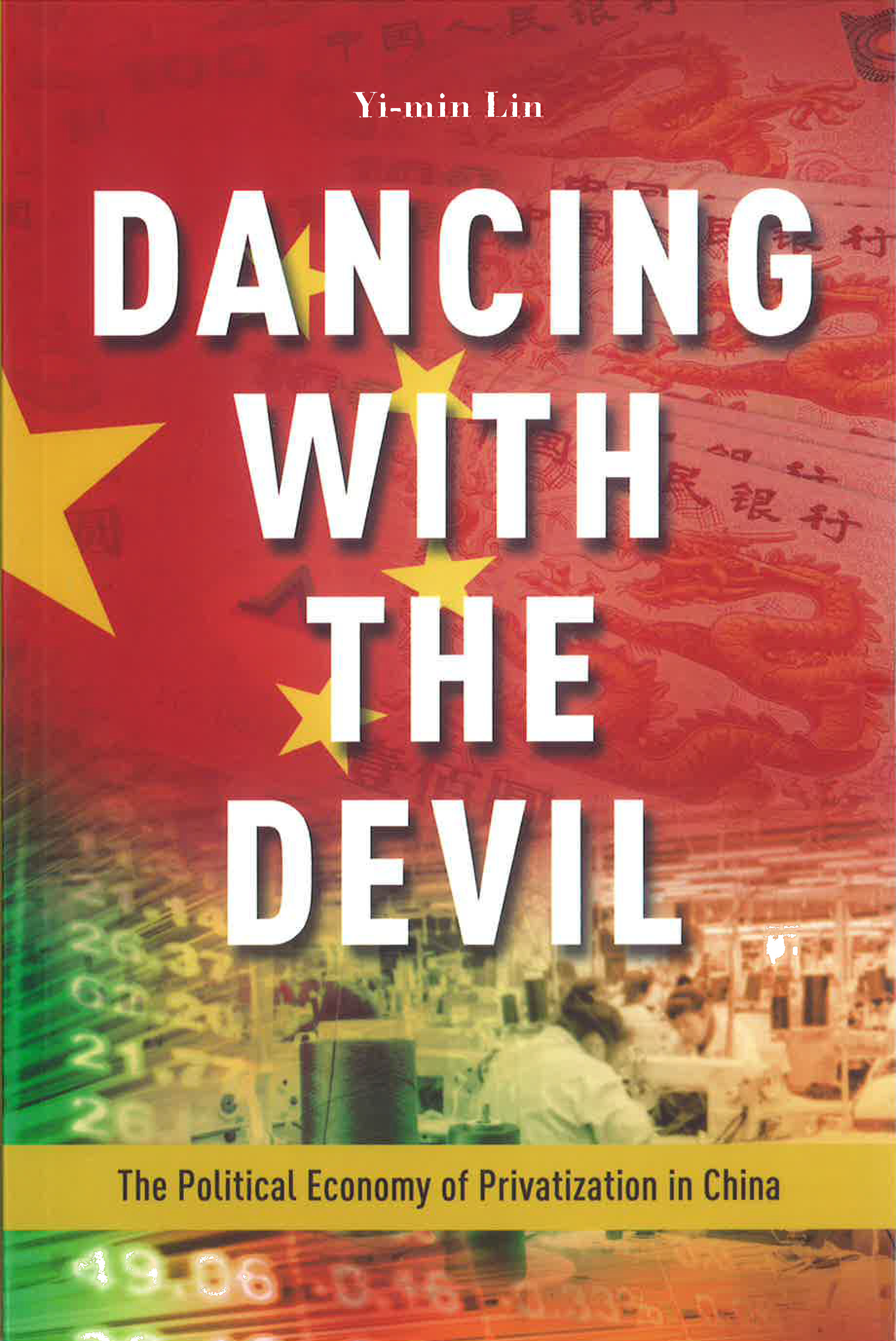
From 1978 through the turn of the century, China was transformed from a state-owned economy into a predominantly private economy. This fundamental change took place under the Chinese Communist Party (CCP), which has been ideologically and politically predisposed to suppress private ownership.
In Dancing with the Devil, Yi-min Lin explains how and why such a paradoxical reality came about. He shows that private ownership became a necessary evil for the CCP because the public sector was increasingly unable to address two essential concerns for regime survival: employment and revenue. Focusing on political actors as major change agents, Lin examines how their self-interested behavior led to the decline of public ownership in the context of China’s evolving demographics and fiscal system. The constraints and incentives associated with these factors help explain CCP leaders’ initial decision to allow limited private economic activities at the outset of reform. They also shed light on the ballooning opportunism among lower officials, which undermined the vitality of public enterprises. Furthermore, they hold a key to understanding the timing of the massive privatization in the late 1990s, as well as its tempo and spread thereafter.
Dancing with the Devil illustrates how the driving forces developed and played out in these intertwined episodes of the story. In so doing, it offers new insights into the mechanisms of China’s economic transformation and enriches theories of institutional change.
